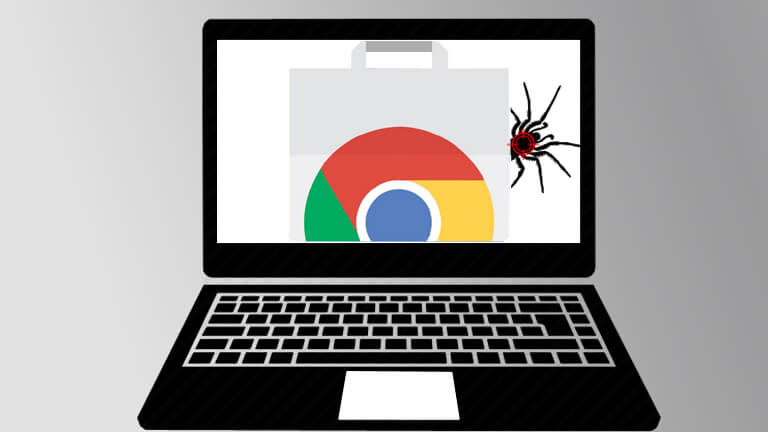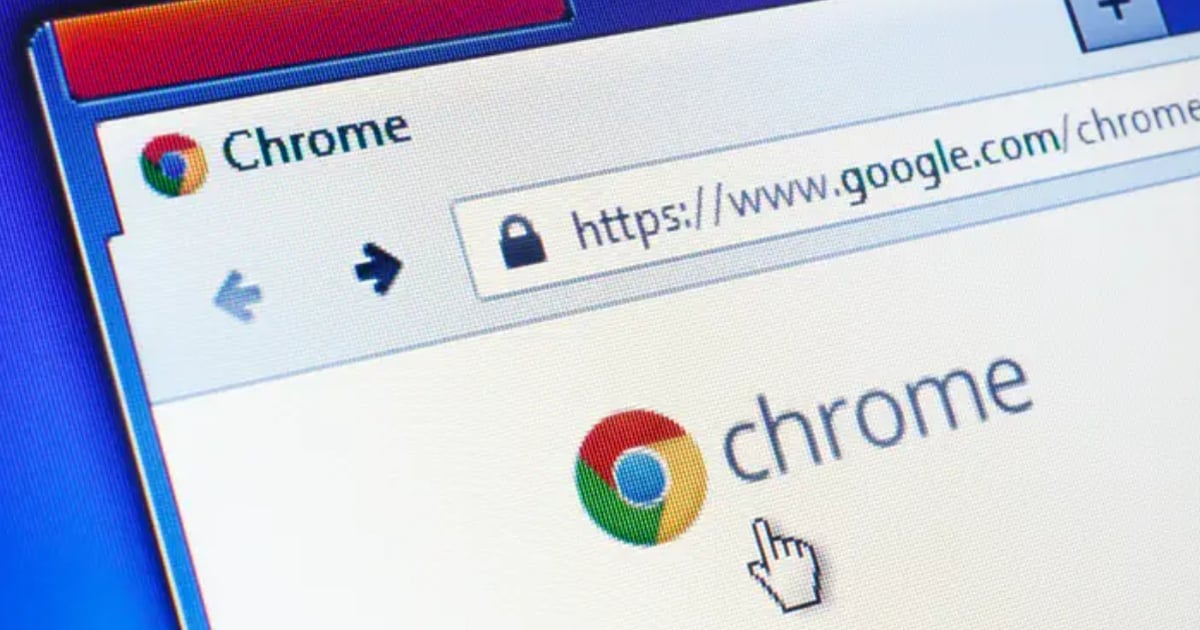According to techopedia , Spin.AI evaluated 300,000 extensions and found vulnerabilities that could be exploited by hackers. Spin.AI's report categorized extensions into high, medium, and low risk levels based on performance, security, privacy, and regulatory compliance. Developer tools were the highest risk at 56%. Productivity extensions were also at high risk at 53%.

Malicious extensions threaten users' privacy
In 2023, McAfee analysts discovered five popular extensions with more than 1.4 million downloads that were stealing browsing information. This data was often sold to third parties, often advertisers, to insert sales content that matched the content users searched for. They also directed users to unsafe websites.
If they gain access to personal data, hackers can monitor browsing history, track keystrokes to steal data, take screenshots, and install malware.
Businesses that allow employees to use their own laptops or work from home are at a higher risk of data breaches. Employees who accidentally download malicious extensions can impact the entire organization.
To be safe, people should only download extensions from official sites like the Chrome Web Store, read reviews carefully, and check the developer's name. When granting permission to install an extension, pay attention to how much data it requests access to.
In addition, users should regularly update security patches for the operating system. Use anti-virus software to determine whether the device is infected with malware. If you install many utilities but do not need to use them, users should delete them to minimize risks.
Source link



![[Photo] Overcoming all difficulties, speeding up construction progress of Hoa Binh Hydropower Plant Expansion Project](https://vstatic.vietnam.vn/vietnam/resource/IMAGE/2025/4/12/bff04b551e98484c84d74c8faa3526e0)



![[Photo] Closing of the 11th Conference of the 13th Central Committee of the Communist Party of Vietnam](https://vstatic.vietnam.vn/vietnam/resource/IMAGE/2025/4/12/114b57fe6e9b4814a5ddfacf6dfe5b7f)






















































































Comment (0)